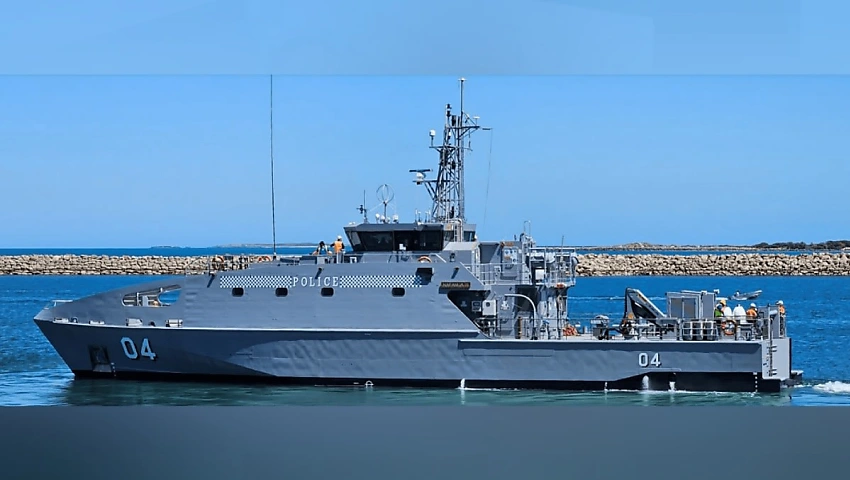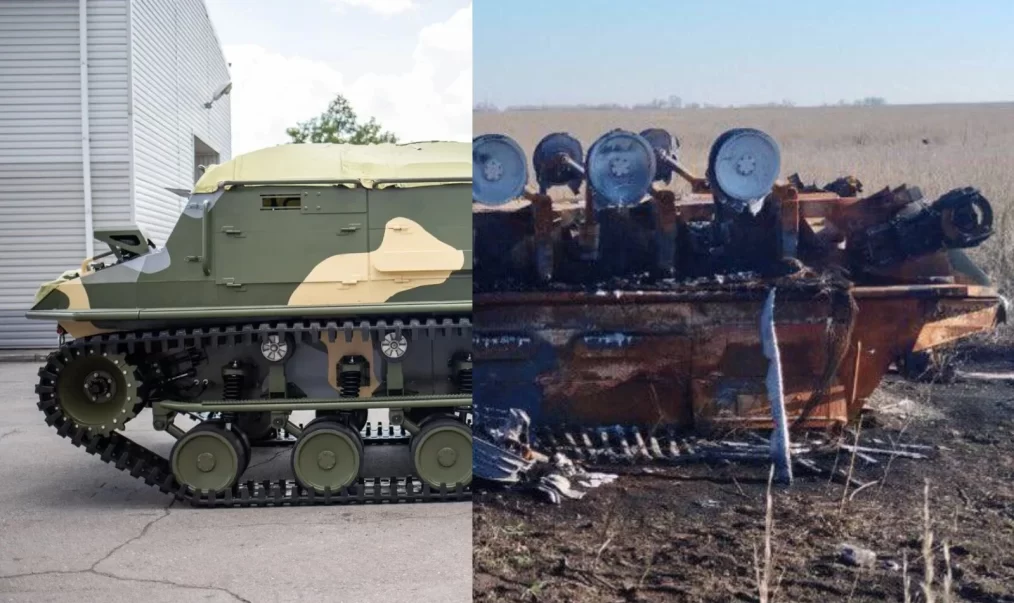On Wednesday this week, the appeals process for my judgement against the ABC closed. With this, the ABC has by default accepted that they and two of their journalists were guilty of irresponsibly defaming me and my soldiers, and in doing so have caused serious harm.
Now sending you this today, there is still not a word, let alone acknowledgement or an apology from anyone at the ABC. The same journalists are still working and receiving their full income (paid for by you, me and every other Australian taxpayer). Zero responsibility, zero accountability. This from the same media who are the first to profess their self-appointed position as a ‘fourth-pillar’ in our democracy and seek to hold others accountable. This absolute hypocrisy goes against our core Australian values and sets a disgusting example for all young Australians to learn from, and for our country to be seen with internationally.
At the start of this month, I sent a request to both the Prime Minister, Anthony Albanese and the Defence Minister, Richard Marles, to meet with them next week in Canberra during the Parliamentary sitting week. My request was to discuss this and the Veterans’ Protection Act we propose to better protect our Veterans from this irresponsible trial by media back home in Australia after serving on operations for our Nation. Yesterday, Richard Marles’ staff member replied and said I should meet with the Veterans’ Affairs Minister instead. I am still yet to receive any response from the Prime Minister. It’s fascinating to realise how quick Albo was to jump in next to me when I campaigned for the Royal Commission (below) and be unwilling to even respond now even after the Federal Court ruling, let alone the devastating impacts we have seen these ongoing media attacks cause our Veteran community and families.
I find myself standing in a position where I see so clearly how those in government, elected by us, for us – are not with us. How they are not willing to support those who fight for all freedoms, including free media, when it is a choice between only allowing members of the media to report on war crimes once they are proven in a court to the criminal standard (beyond reasonable doubt). As a 5th Generation Veteran who has been proved to be targeted and having serious harm caused by our government funded media, I am so dejected by this rejection.
I need your support – because only through strength in numbers and making enough noise to get their attention, can we collectively achieve what is needed for our current and future Veteran community.
Please take the time to contact the Prime Minister directly via his online form – Click here. – Please ask him to meet with me to at least discuss these issues.
Please also take the time to contact the Defence Minister (and Deputy Prime-Minister) Richard Marles directly via his online form: Click here. – Please ask him to meet with me to at least discuss these issues – and not to push me off to the Veterans’ Affairs Minister.
Please ask them why they have not made any statement or even comment after the ABC have been found to have defamed me and my soldiers – calling us war criminals for an incident they claimed happened when we weren’t even in Afghanistan at the time.
I need your support to please flood these two elected officials with letters that will require their unavoidable action. Albo & Marles have the power to ensure that this devastation to our Veteran community ends. With your support we can make this happen.
Please forward this far and wide to anyone and everyone. The power of the people must again be released. Word of mouth and individual action are the weapons we have in this fight. Can I please call on your support to help win this fight for the freedoms of our Veterans.
If you haven’t already – please also sign the survey calling for the Veterans Protections Act – again, our strength in numbers must compel these politicians into action.
VETERANS’ PROTECTION ACT – CLICK HERE.








